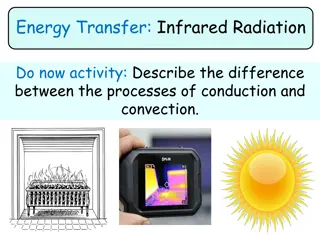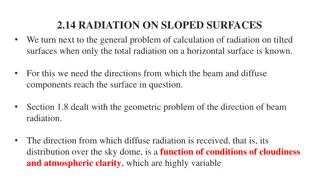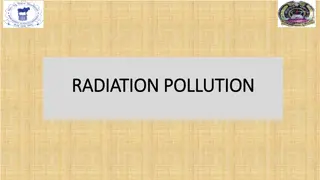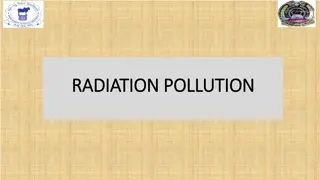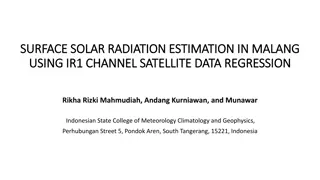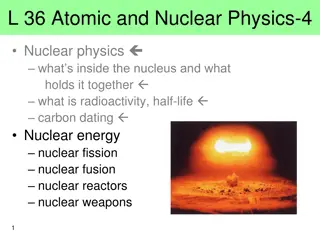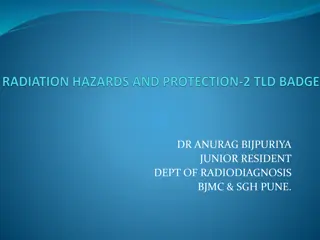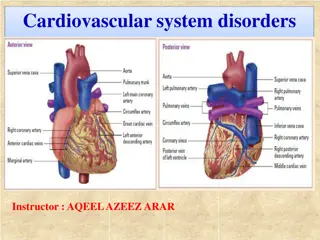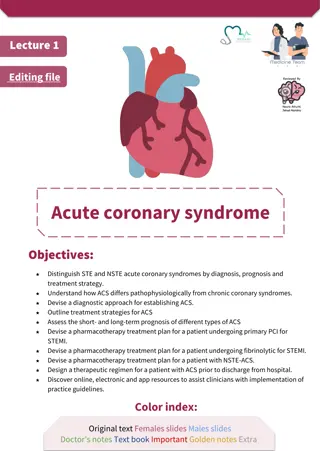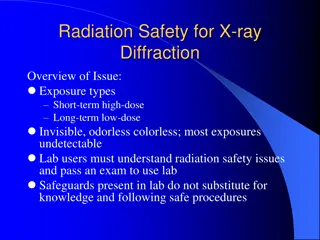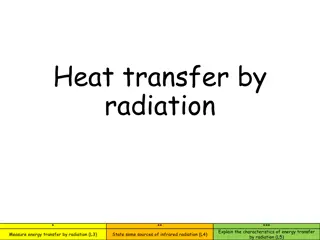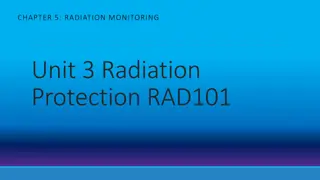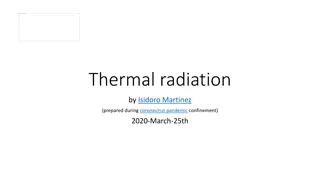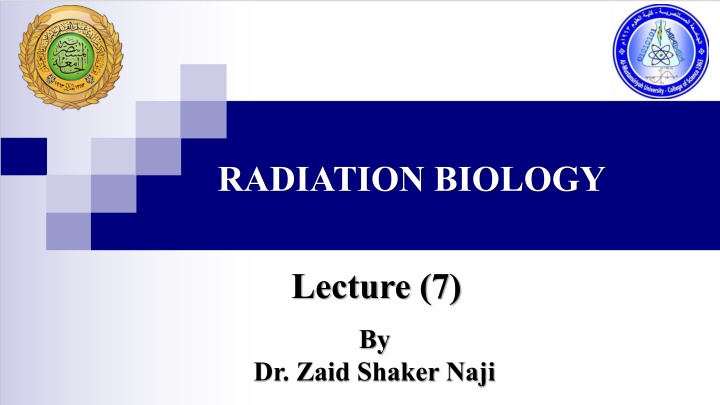
Acute Radiation Syndromes: Types, Phases, and Effects
Acute radiation syndromes encompass various health effects that manifest immediately after exposure to ionizing radiation. This lecture delves into the types, phases, and implications of ARS, categorizing them based on dose and symptoms.
Download Presentation

Please find below an Image/Link to download the presentation.
The content on the website is provided AS IS for your information and personal use only. It may not be sold, licensed, or shared on other websites without obtaining consent from the author. If you encounter any issues during the download, it is possible that the publisher has removed the file from their server.
You are allowed to download the files provided on this website for personal or commercial use, subject to the condition that they are used lawfully. All files are the property of their respective owners.
The content on the website is provided AS IS for your information and personal use only. It may not be sold, licensed, or shared on other websites without obtaining consent from the author.
E N D
Presentation Transcript
RADIATION BIOLOGY Lecture (7) By Dr. Zaid Shaker Naji
Types of Health Effects Health effects of ionizing radiation on humans are classified into two major types: 1- Prompt (short-term) effects that appear immediately after exposure (This Lecture) 2- Delayed (long-term) effects that appear months or years after exposure. (Next Lecture)
1- Prompt (short-term) effects According to the part of the body exposed and type of radiation, it can be classified into: A. Acute radiation syndrome (ARS) B. Cutaneous radiation syndrome(CRS).
A. Acute radiation syndrome (ARS) It is also known as radiation sickness or radiation poisoning. It occurs after whole or partial body exposure to deeply penetrated radiation (gamma, neutron) in a very short period of time (usually minutes). Total health effects present within 24hr of exposure & last for several months.
Acute Radiation syndromes progress in four phases: 1) Prodromal phase Symptoms appear in the first 2 days after brief exposure to radiation and include: Nausea, Vomiting, Diarrhea, Abdominal pain, Fever and Eyeburning 2) Latent Phase Symptoms of illness may subside Individual show signs of temporary improvement The length of this phase generally decreasing as dose increases.
3) Manifestation phase dependent on the dosereceived: Low doses result in hematopoieticsyndrome, Moderate doses result in gastrointestinal syndrome Large doses result in neurovascular syndrome and rapiddeath 4) Recovery or Death Phase Recovery (dose below 800 rad up to 1,000 rad) (under medical care) Death (dose above 1,000 rad)
Subtypes of Acute Radiationsyndromes According to the manifestation phase, acute radiation syndrome (ARS) can be divided into three syndromes:
a) HematopoieticSyndrome: It occurs at doses of 200 - 800 rad Killing of precursor cells inbone marrow resulting in pancytopenia (severe depletion of all types of blood cells which is): 1. Leukopenia (less WBCs) that leads to infections 2. Thrombocytopenia (less blood platelets) leads to bleeding 3. Anemia (less RBCs) This syndrome is often survivable, but death may occurs within 60 days following exposure that can be prevented by: 1. Bone marrow transplantation (BMT) 2. Antibiotics therapy
b) GastrointestinalSyndrome: It occurs after doses greater than 800 up to 2000 rad It causes severe damage to mucosal lining of gastrointestinal tract Usually results in death at about 1 week after irradiation due to: 1.infection 2.diarrhea & vomiting lead to electrolyte imbalance & dehydration. Intensive nursing can prevent early death from this syndrome with: 1.antibiotics 2.fluid & electrolyte replacement
c) NeurovascularSyndrome: It occurs following large doses of radiation >2000 rad damaged cells of central nervous system Patient undergoes a rapid illness that characterized by: 1.disorientation 2.body tremors 3.brain clot 4.shock 5.patient die within 1-2 days.
B. Cutaneous Radiation Syndrome(CRS) It occurs after partial body exposure to high energy beta radiation Usually does not penetrate deeply enough in tissue so: Can not cause hematopoietic, gastrointestinal, neurovascular syndromes only cause skin effect known as radiationburn. Phases of Cutaneous Radiation Syndromeare the same as for the Acute radiation syndromebut without death.
Within a few hours after irradiation, skin basal cell is damaged causing: 1.transient erythema (reddening ofskin) 2.itching 3.temporary hair loss Very large doses over 1,000 rad can cause: 1.alopecia (Permanent hair loss), 2.damaged sebaceous & sweat glands 3.skin pigmentation 4.ulceration or necrosis 5.desquamation (shedding of the skin)


